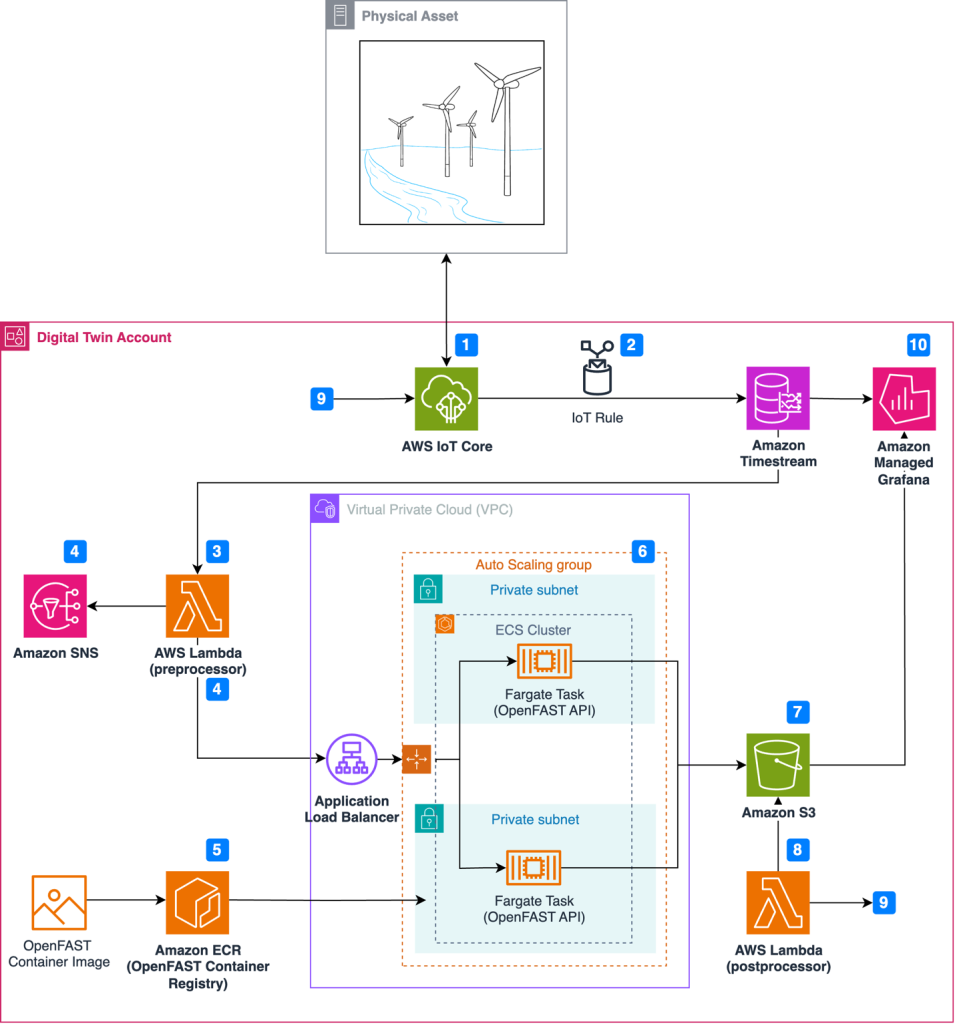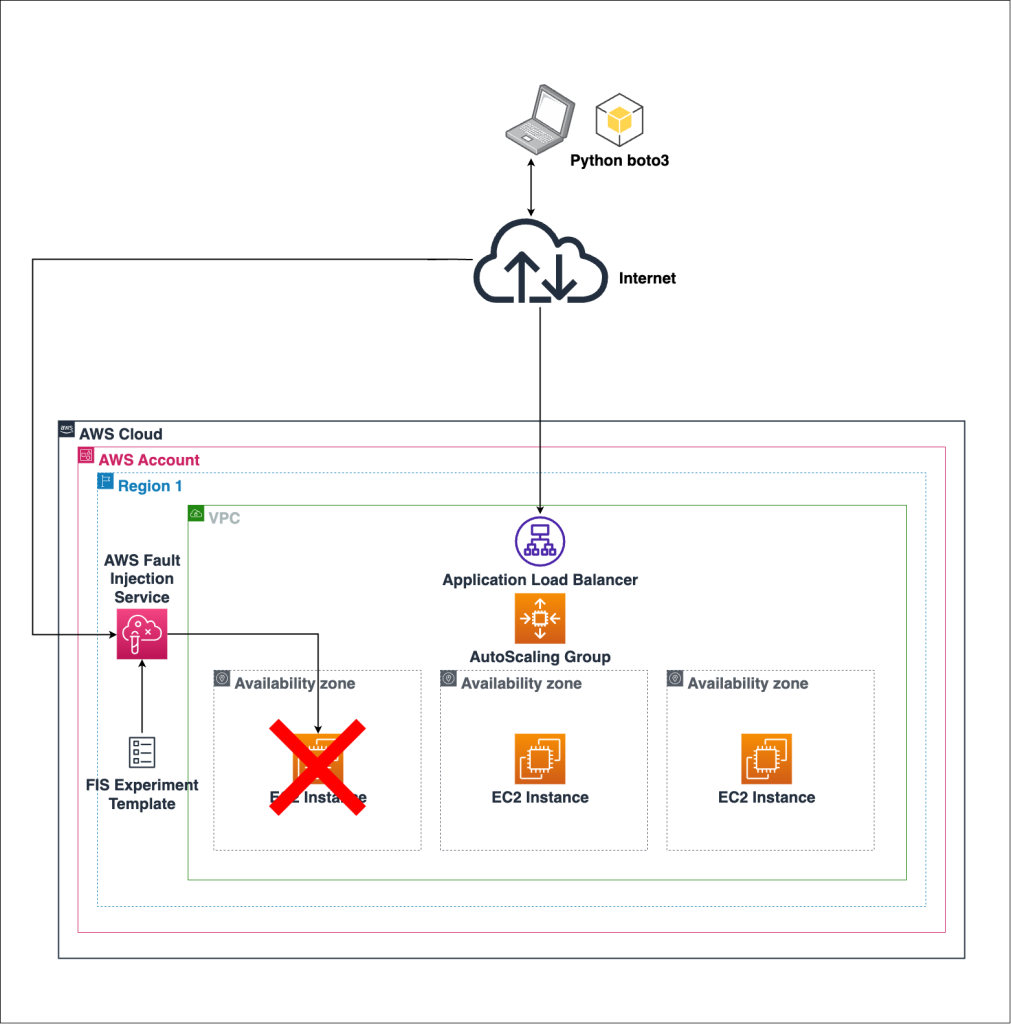AWS Architecture Blog
Category: Compute
Deploy Stable Diffusion ComfyUI on AWS elastically and efficiently
Introduction ComfyUI is an open-source node-based workflow solution for Stable Diffusion. It offers the following advantages: Significant performance optimization for SDXL model inference High customizability, allowing users granular control Portable workflows that can be shared easily Developer-friendly Due to these advantages, ComfyUI is increasingly being used by artistic creators. In this post, we will introduce […]
Let’s Architect! Discovering Generative AI on AWS
Generative artificial intelligence (generative AI) is a type of AI used to generate content, including conversations, images, videos, and music. Generative AI can be used directly to build customer-facing features (a chatbot or an image generator), or it can serve as an underlying component in a more complex system. For example, it can generate embeddings […]
London Stock Exchange Group uses chaos engineering on AWS to improve resilience
This post was co-written with Luke Sudgen, Lead DevOps Engineer Post Trade, and Padraig Murphy, Solutions Architect Post Trade, from London Stock Exchange Group. In this post, we’ll discuss some failure scenarios that were tested by London Stock Exchange Group (LSEG) Post Trade Technology teams during a chaos engineering event supported by AWS. Chaos engineering […]
Simplify document search at scale with intelligent search bot on AWS
Enterprise document management systems (EDMS) manage the lifecycle and distribution of documents. They often rely on keyword-based search functionality. However, it increasingly becomes hard to discover documents as such repositories grow to tens of thousands of items. In this blog, we discuss how Amazon Web Services (AWS) built an intelligent search bot on top of […]
Physics on AWS: Optimizing wind turbine performance using OpenFAST in a digital twin
Wind energy plays a crucial role in global decarbonization efforts by generating emission-free power from an abundant resource. In 2022, wind energy produced 2100 terawatt-hours (TWh) globally, or over 7% of global electricity, with expectations to reach 7400 TWh by 2030. Despite its potential, several challenges must be addressed to help meet grid decarbonization targets. […]
Top Architecture Blog Posts of 2023
2023 was a rollercoaster year in tech, and we at the AWS Architecture Blog feel so fortunate to have shared in the excitement. As we move into 2024 and all of the new technologies we could see, we want to take a moment to highlight the brightest stars from 2023. As always, thanks to our […]
Behavior Driven Chaos with AWS Fault Injection Simulator
A common challenge organizations face is how to gain confidence in and provide evidence for the continuous resilience of their workloads. Using modern chaos engineering principles can help in meeting this challenge, but the practice of chaos engineering can become complex. As a result, both the definition of the inputs and comprehension of the outputs […]
Journey to Cloud-Native Architecture Series #7: Using Containers and Cell-based design for higher resiliency and efficiency
In our previous Journey to Cloud-Native blogposts, we talked about evolving our architecture to become more scalable, secure, and cost effective to handle hyperscale requirements. In this post, we take these next steps: 1/ containerizing our applications to improve resource efficiency, and, 2/ using cell-based design to improve resiliency and time to production. Containerize applications […]
ITS adopts microservices architecture for improved air travel search engine
Internet Travel Solutions, LLC (ITS) is a travel management company that develops and maintains smart products and services for the corporate, commercial, and cargo sectors. ITS streamlines travel bookings for companies of any size around the world. It provides an intuitive consumer site with an integrated view of your travel and expenses. ITS had been […]
Automating multi-AZ high availability for WebLogic administration server
Oracle WebLogic Server is used by enterprises to power production workloads, including Oracle E-Business Suite (EBS) and Oracle Fusion Middleware applications. Customer applications are deployed to WebLogic Server instances (managed servers) and managed using an administration server (admin server) within a logical organization unit, called a domain. Clusters of managed servers provide application availability and horizontal […]









